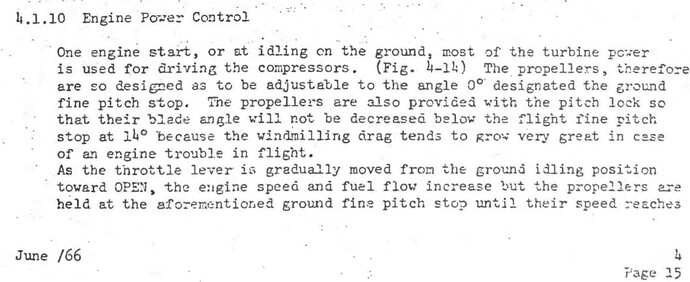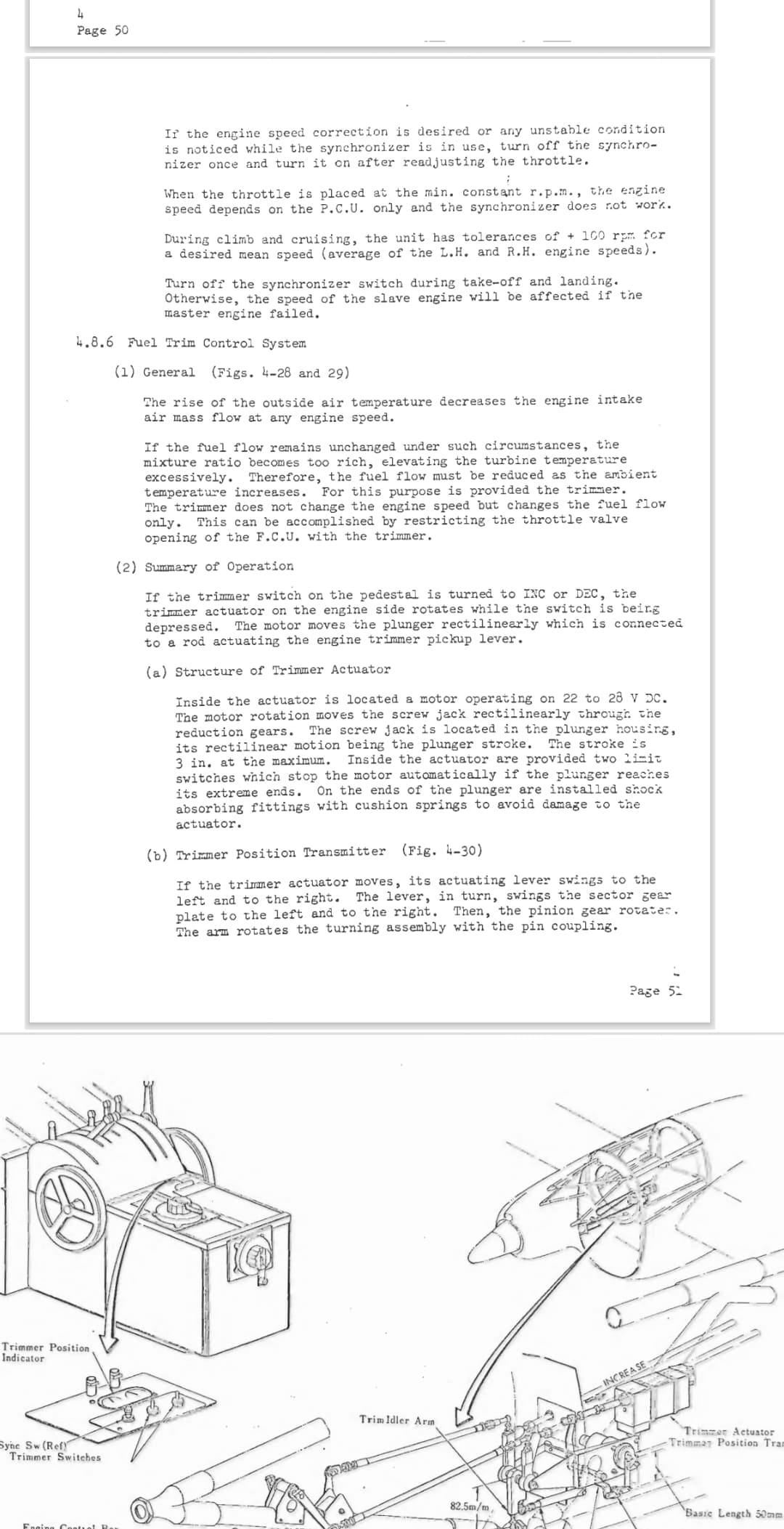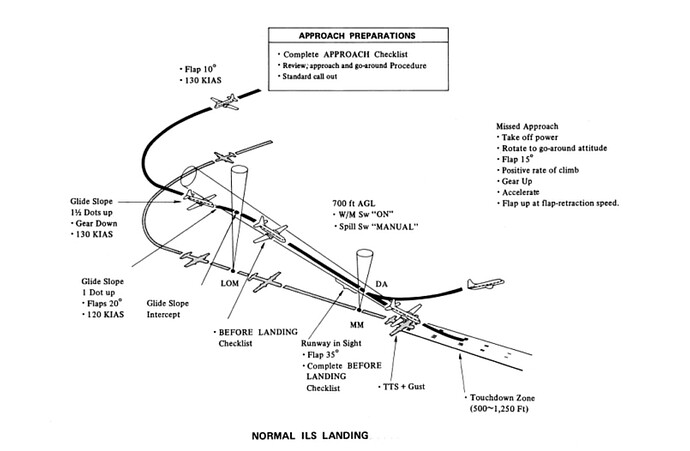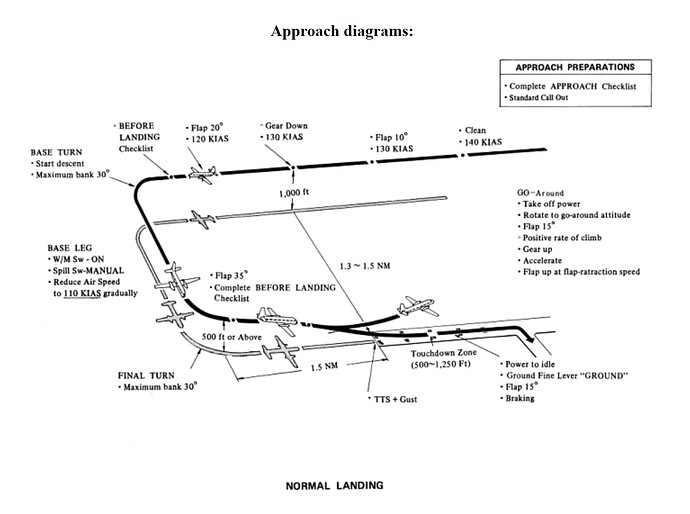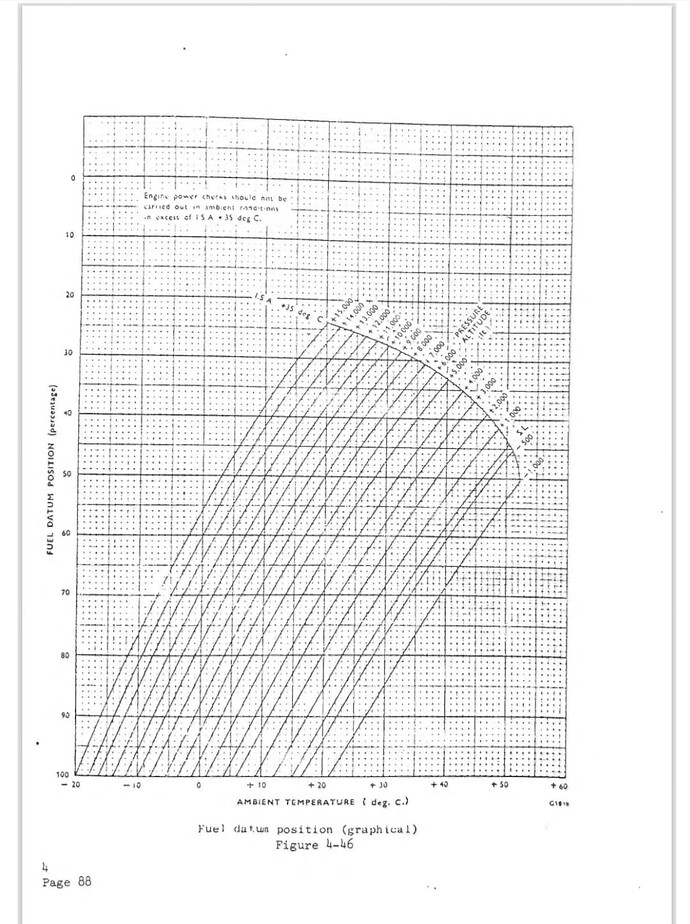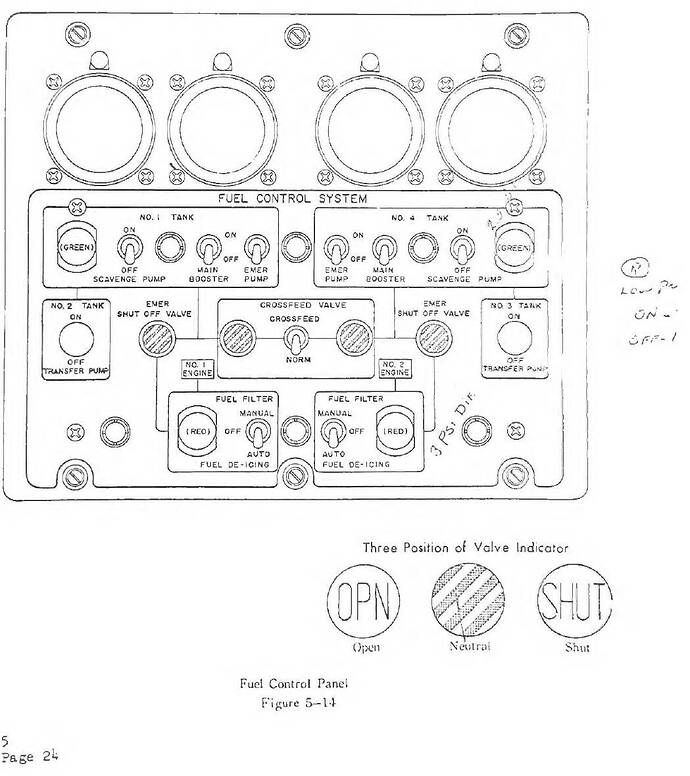Is there anyone who knows how to turn on the windscreen wipers? I have searched all the panels but cannot find any switch for it!
It’s the round knob thing on the pedestal, I spent an age looking for it myself. Sadly it doesn’t seem to clear the rain ![]()
Oh goodness… this is another reason why I can never be a pilot in real life, thanks for your help!!!
My one complaint about the aircraft is you don’t start with the Gus lock on
This is some cool insight. The fuel trim is a bit of a mystery to me and the inibuilds manual doesn’t explain it very well.
Good find, and also ow my ears!
Will adopt this startup procedure going forward.
In the Maintenance Training Manual (which has 1097 pages) there is some explanation of the fuel trim system (paragraph 4.8.6).
The pages in that pdf are a bit unsorted at times but it seems they are all there.
Also, on pages 287, 288 and 297 there are some diagrams about fuel flow (paragr. 4.1 and 4.2).
Paragr. 4 is very interesting anyway (content at page 154).
So, for the lazy (or less inclined to search through a scanned mountain of pages ![]() ) was is the deal with the fuel trim then please?
) was is the deal with the fuel trim then please?
Low when starting, then to full after 30 secs? What about climb, cruise, descent and landing?
Any insights hugely appreciated!
See page 200 of the pdf.
Many thanks! So now I know what it is and what purpose it serves. But I’m not sure yet on how or when to operate it. There are no gauges or readouts to go on in the cockpit? Presumably you’re not just meant to guess ‘oh, it’s a cold day, let’s turn the trim down a bit’
Incidentally, at the very top of that page and the preceding page, it mentions a propeller sync function, and related cockpit switch. I’m assuming that’s not implemented in our version of the plane? I haven’t found it in the cockpit or Inibuilds manual.
From the old AFG Manual:
| Fuel Trimmers |
|---|
| What is it? |
| The most important system that has been added is the Fuel Trimmers (2). You will use these controls to set the correct fuel/air mixture for engine start and for landing. Additionally, you will use these controls to set the correct cruise parameters of 14200 RPM and the TGT of 770 degrees. Basically, these controls regulate the TGT. This gauge has been set up in such a way that if you load a situation with engines already running, the fuel trim will be automatically set to a correct position. This is to prevent a case where upon loading the plane the engines would overheat instantly. In this kind of a situation, you will have no manual control over the fuel trim for 10 seconds or so. |
| Controls |
| There are two parts in this instrument. Above, you’ll see two gauges, each ranging from 0% to 100%. One gauge per engine, and the tick marks are at 10% intervals. Below the gauges are two momentary switches, that are used to set the needle in the gauges to a correct figure. Also one per engine. |
| Before engine start, you should set the fuel trim appropriately. The fuel trim can be in any position for the engines to be started. Each operator has their own guidelines for what settings are to be used for engine start, but here’s a rule of thumb. If the outside air temperature is above 15 degrees centigrade, set the fuel trim for 50% or so. If it is colder, use a setting of 100%. After ignition takes place, you will have to constantly monitor the TGT gauge for the engine being started, and as the TGT rises, you will need to adjust the fuel trim to prevent overheating. You should be able to keep the TGT below the red area. |
| Once the engines are running, adjust the fuel trim so, that both engines, with throttles idle, are running at 8500 RPM. |
| Once you reach cruise state, you should work with throttles/fuel trim to set the correct cruise parameters. This will require some trial and error by adjusting both, the throttles and the fuel trim. You should aim for a cruise RPM of 14200 and a TGT of 770 degrees. As the fuel trim setting is depedent on the outside air temperature, you’ll need to adjust these whenever the conditions change. |
| Before landing, you should set the fuel trim to a pre-calculated value. This value can be found from a table that is included in the checklists (see the image below). The purpose of this is to have a correct value set up for a possible go-around situation. When you add full power in a go-around, you’ll already have the fuel trim set up so that engines won’t overheat. Please remember, that full the power is 15000 RPM, not firewalling the throttles! |
Thanks. I think the Air Nippon (ANK) checklist version is easier to read but this allows for a bit more flexibility with temps and weather.
Of course, it doesn’t really matter in the inibuilds model currently.
At page 261 of the maintenance manual there is a detailed 13 pages long engine starting and run-up checklist covering the following sections:
4.9.6 Engine Starting and Run-up Procedures
4.9.6.1 External check
4.9.6.2 Cockpit Check
4.9.6.2.1 Before Starting Check (External Power Off)
4.9.6.3 External Power On Check
4.9.6.4 Starting Procedure
4.9.6.5 After Start
4.9.6.6 Engine Serviceability Check
4.9.6.6.1 Idling Check
4.9.6.6.2 12000 R.P.M. Check
4.9.6.6.3 Dry Power Check
4.9.6.6.4 Wet Power Check
4.9.7 Engine Shut-Down Procedure
4.9.8 Motoring Cycle Procedure
4.9.9 Fire during Start
4.9.10 Exhaust Pipe Fire
4.9.11 Landing Gear Well Fire
Did you find a way to download the manual to your PC or do I have to join the site to get that?
